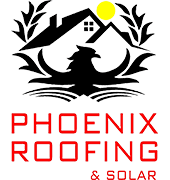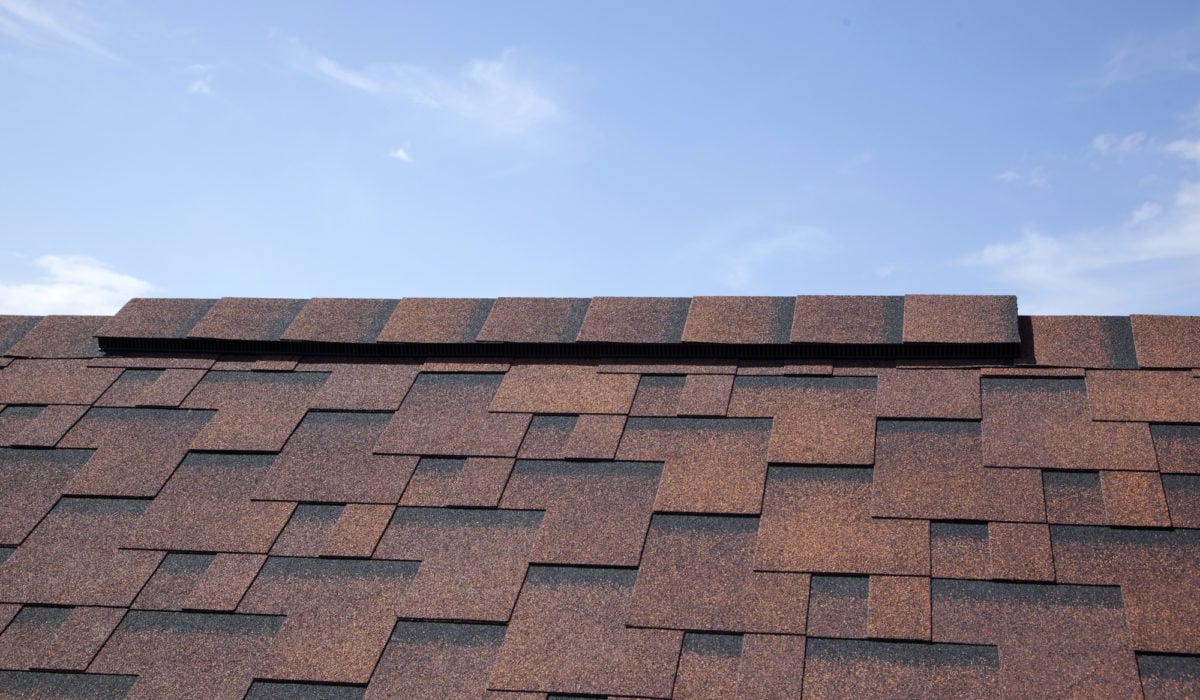- 0 Comment
Understanding Roof Ventilation: Why It Matters for Your Home
When it comes to roofing, many homeowners focus on the shingles, the materials, and the overall design of their roof. But one often-overlooked aspect is roof ventilation. Proper roof ventilation is essential for the long-term health of your roof and home, playing a key role in maintaining energy efficiency, preventing damage, and ensuring your home remains comfortable year-round.
At Phoenix Roofing and Solar, we understand the importance of a well-ventilated roof. In this blog, we’ll break down the basics of roof ventilation, why it’s so important, and how it can save you money in the long run.
What Is Roof Ventilation?
Roof ventilation is a system of intake and exhaust vents that allow air to flow through your attic space. It’s designed to balance the temperature and moisture levels inside the attic by allowing cool, fresh air to enter and hot, moist air to escape. This flow of air helps regulate the temperature of your roof and attic, which can have a significant impact on the longevity of your roof and the energy efficiency of your home.
There are several types of ventilation systems, including ridge vents, soffit vents, and gable vents, each serving a specific purpose. Proper roof ventilation is a combination of intake (soffit vents) and exhaust (ridge or gable vents) working together to keep your attic cool and dry.
Why Is Roof Ventilation Important?
Prevents Moisture Buildup
One of the biggest dangers of poor roof ventilation is moisture buildup in your attic. Without proper airflow, moisture from everyday activities such as cooking, showering, and even breathing can become trapped inside your home. Over time, this moisture can lead to mold growth, wood rot, and insulation damage. Moisture buildup can also cause condensation on the underside of the roof, which can freeze in the winter and cause ice dams, leading to even more damage.
By allowing moisture to escape through a proper ventilation system, you reduce the risk of these costly problems.
Regulates Attic Temperature
During the summer months, your roof can reach scorching temperatures. Without adequate ventilation, this heat becomes trapped in your attic, making your home harder to cool and increasing your energy bills. Hot air trapped in the attic can also cause your shingles to overheat, leading to premature aging and damage.
Proper ventilation ensures that hot air is vented out of the attic, keeping the roof cooler and reducing the strain on your HVAC system. This helps lower your cooling costs and extends the life of your roofing materials.
Prevents Ice Dams in Winter
In the winter, poor ventilation can lead to a buildup of warm air in the attic. This warm air can cause snow on your roof to melt and then refreeze at the edges, creating ice dams. Ice dams can block proper drainage, forcing water to back up under your shingles and leading to leaks and water damage.
With proper ventilation, cold air enters the attic and keeps the roof temperature more consistent, reducing the likelihood of ice dams forming. This is especially important in areas with harsh winters, like Ohio, where ice dams can cause significant damage if not properly managed.
Energy Efficiency and Cost Savings
A well-ventilated roof helps regulate your home’s temperature throughout the year, improving energy efficiency. In the summer, ventilation keeps your attic cooler, reducing the need for air conditioning. In the winter, it prevents warm air from getting trapped and causing uneven heating throughout your home.
This balance helps lower your energy bills, making roof ventilation a cost-effective investment. By reducing the strain on your HVAC system, you’re also reducing wear and tear, potentially extending its lifespan.
Protects Your Roof’s Structural Integrity
Heat and moisture are the enemies of any roofing system. Without proper ventilation, these elements can cause serious damage to the materials that make up your roof. Over time, excessive heat can warp wood, damage shingles, and degrade insulation, while moisture can lead to mold and rot.
By ensuring your roof is properly ventilated, you’re protecting the structural integrity of your home and preventing expensive repairs down the line.
Complies with Building Codes
Roof ventilation isn’t just a good idea—it’s required by building codes in many areas, including Ohio. According to Ohio roofing codes, the net free ventilation area should be 1/150 of the attic space being vented, although this can be reduced to 1/300 under certain conditions. Ensuring your roof is properly ventilated not only protects your home but also ensures you’re in compliance with local regulations.
At Phoenix Roofing and Solar, we always ensure our roofing installations meet and exceed local building codes, including ventilation requirements. We prioritize the safety and long-term performance of your roof with every job we complete.
Conclusion
Proper roof ventilation is essential for protecting your home from moisture damage, regulating attic temperatures, and improving energy efficiency. Neglecting roof ventilation can lead to costly repairs, higher energy bills, and even shortened roof lifespan.
If you’re unsure whether your roof has adequate ventilation or you’re noticing issues like high energy bills or ice dams in the winter, it’s time to schedule an inspection. Contact Phoenix Roofing and Solar today, and let us ensure your roof is properly ventilated, protecting your home for years to come!

